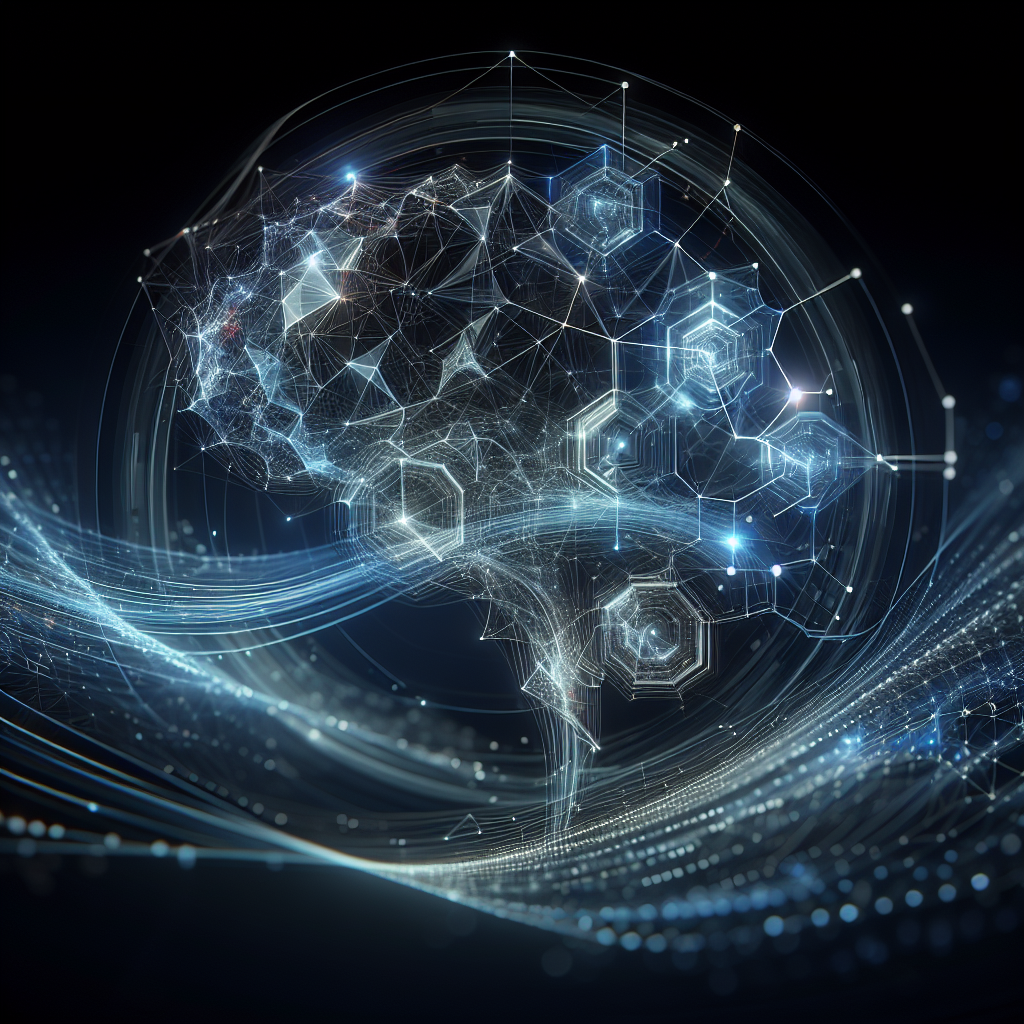On the Effectiveness of Large Language Models in Writing Alloy Formulas

Unlocking the Future of Software: How Large Language Models are Revolutionizing Alloy Formula Writing
In the captivating world of software development, precision is the name of the game. Crafting software that is both safe and reliable is a formidable challenge and lies at the core of successful tech ecosystems. One critical yet tricky task in this process is writing declarative specifications— the blueprint of safe software. Enter Large Language Models (LLMs), the cutting-edge trailblazers that promise to transform this complex task into a more straightforward endeavor.
In a groundbreaking study, researchers Yang Hong, Shan Jiang, Yulei Fu, and Sarfraz Khurshid explore the potential of LLMs in writing Alloy formulas. Alloy, a popular language used for creating software specifications, demands a level of precision and understanding that often challenges even skilled developers. So, what happens when state-of-the-art AI systems like ChatGPT and DeepSeek step up to the plate? Let’s dive in!
The Magic of LLMs in Alloy Formula Synthesis
Large Language Models are like the Swiss Army knives of the coding world. Trained on vast amounts of data, they have the potential to transform text prompts into meaningful implementations. This incredible versatility can now be harnessed to tackle the intricacies of Alloy formulas.
1. Crafting Complete Formulas from Natural Language
Imagine explaining a complex software behavior using everyday language and having an AI translate that into precise Alloy formulas. This intriguing possibility is no longer a figment of science fiction. The study demonstrates how LLMs can take natural language descriptions and output corresponding Alloy formulas, turning human ideas into implementable code with remarkable fidelity.
2. Generating Varied but Equivalent Formulas
Variability is key in resilient software design. The researchers also explored how LLMs can produce diverse yet semantically equivalent Alloy formulas. This ability to present multiple correct solutions enriches the developer’s toolkit, facilitating creativity and flexibility in software design.
3. Completing Incomplete Formula Sketches
In real-world coding, developers often jot down skeletal formula structures that need filling in. Here, LLMs shine by completing these sketches. By synthesizing appropriate Alloy expressions and operators, they fill in the blanks without missing a beat, ensuring the completed formulas accurately capture the desired properties.
Navigating the Experimental Terrain
The researchers conducted their experiments using 11 well-studied subject specifications, employing the powerhouse LLMs—ChatGPT and DeepSeek. The findings? LLMs consistently demonstrated strong performance in synthesizing complete and alternative Alloy formulas, as well as completing sketches with finesse. Their ability to enumerate multiple unique solutions speaks volumes about their potential in software specification development.
Simplifying the Complex: How LLMs Work Their Magic
LLMs like ChatGPT and DeepSeek leverage deep learning models, which are computational structures inspired by the human brain. These models excel in understanding and generating human-like text. By training on expansive datasets, LLMs develop a nuanced comprehension of language, enabling them to generate accurate and context-aware outputs. This deep learning element allows them to decipher the complexities of Alloy formulas and replicate them with precision.
Practical Implications: Why This Matters
The implications of LLM-driven Alloy formula writing are far-reaching:
-
Reduced Learning Curve: New developers—who might be daunted by the specifics of declarative specification languages—could find themselves propelled into productivity, thanks to AI assistance.
-
Efficiency Boost: Experienced developers can utilize LLMs to automate routine tasks, freeing up time and mental energy for more complex problem-solving.
-
Error Minimization: The precision of LLM-generated formulas potentially reduces human errors, enhancing reliability and safety in software.
-
Innovation Catalyst: With AI handling the heavy lifting, development teams can push the boundaries of creativity and innovation.
Key Takeaways
-
LLMs Are Game-Changers: Large Language Models like ChatGPT and DeepSeek are revolutionizing the way developers approach writing Alloy formulas, offering precision, variety, and efficiency.
-
Complexity Simplified: By converting natural language into precise code, LLMs bridge the gap between human ideas and technical implementation, making software specification more accessible.
-
Harnessing AI for Innovation: The intelligent use of LLMs in software development is not just about speed and convenience; it’s an open invitation to innovate and explore new possibilities.
-
The Future is Collaborative: As AI continues to grow and integrate into the software development lifecycle, the collaboration between human intelligence and artificial intelligence will pave the way for pioneering advancements in technology.
In a world driven by software, the ability to craft safe and dependable solutions is no longer a luxury but a necessity. Embracing LLMs in writing Alloy formulas is not just a technological advancement; it’s a step towards reshaping the future of software development, offering tools that empower developers to build with confidence and creativity.
As we stand on the brink of a new era in software design, one thing is clear: with AI as a partner, the horizons of what is possible in software development are boundless.




